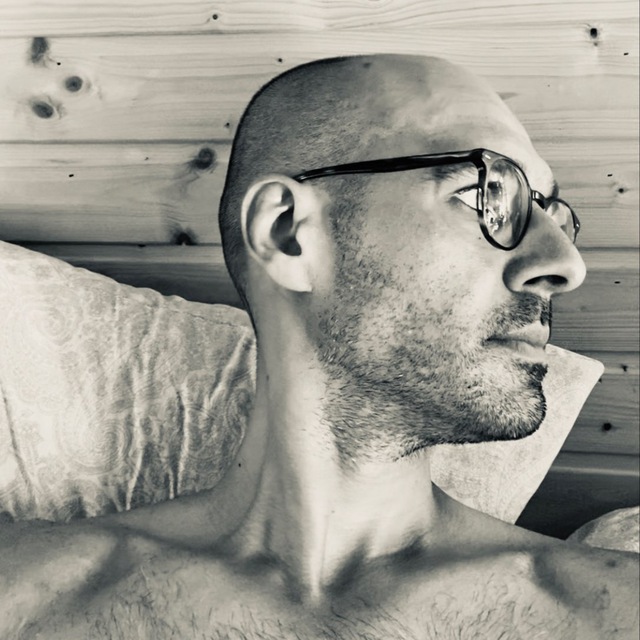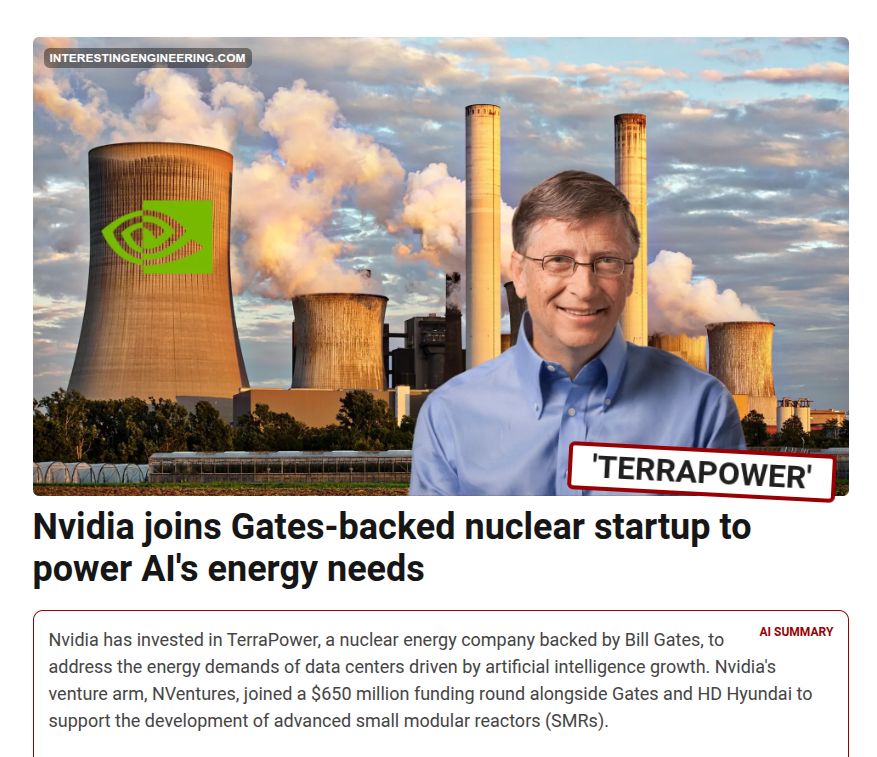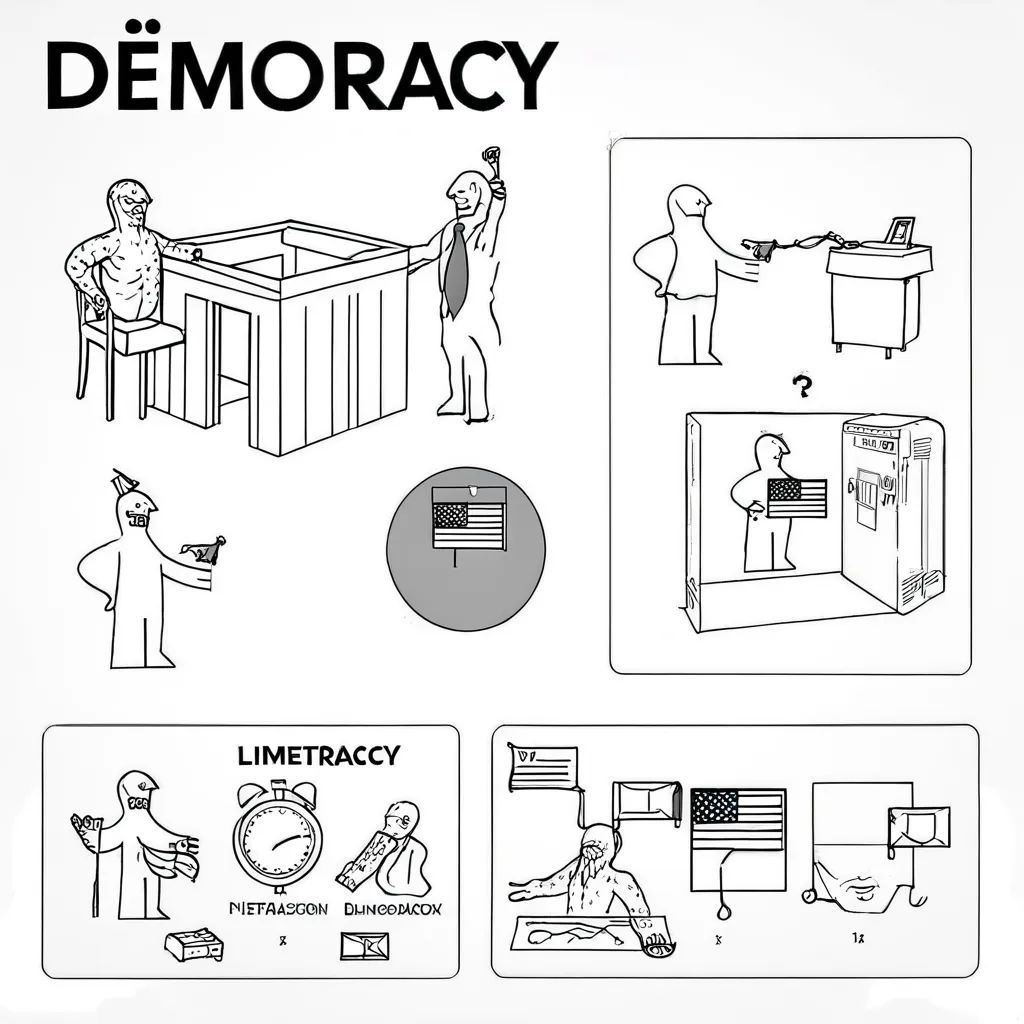The Agora is a Database of Wisdom
Check out our elevator pitch or Sign in
Check out our elevator pitch or Sign in
Blackboard
See what's happening in the agora
Groups
Topics
All Topics
The Universal Life Force – Reconciling Chi, Prana, and Zero-Point Energy
0
0
The Engineering of Spacetime: An Analysis of Torsion Physics, Nazi-Era Research, and Ancient Symbology
0
0
The Labyrinth of Egypt: Ancient Mysteries and Modern Discoveries
0
0
1
0
Ancient Symbology Surrounding Alchemy Might Have Wider Implications Than You Think
0
0
Jake Barber: Truth or Hoax? Body Language Analysis
0
0
What AI Can Never Be | John Vervaeke
In case you want to hear Elon Musk cry about Tesla going down
0
0





Fascinating!